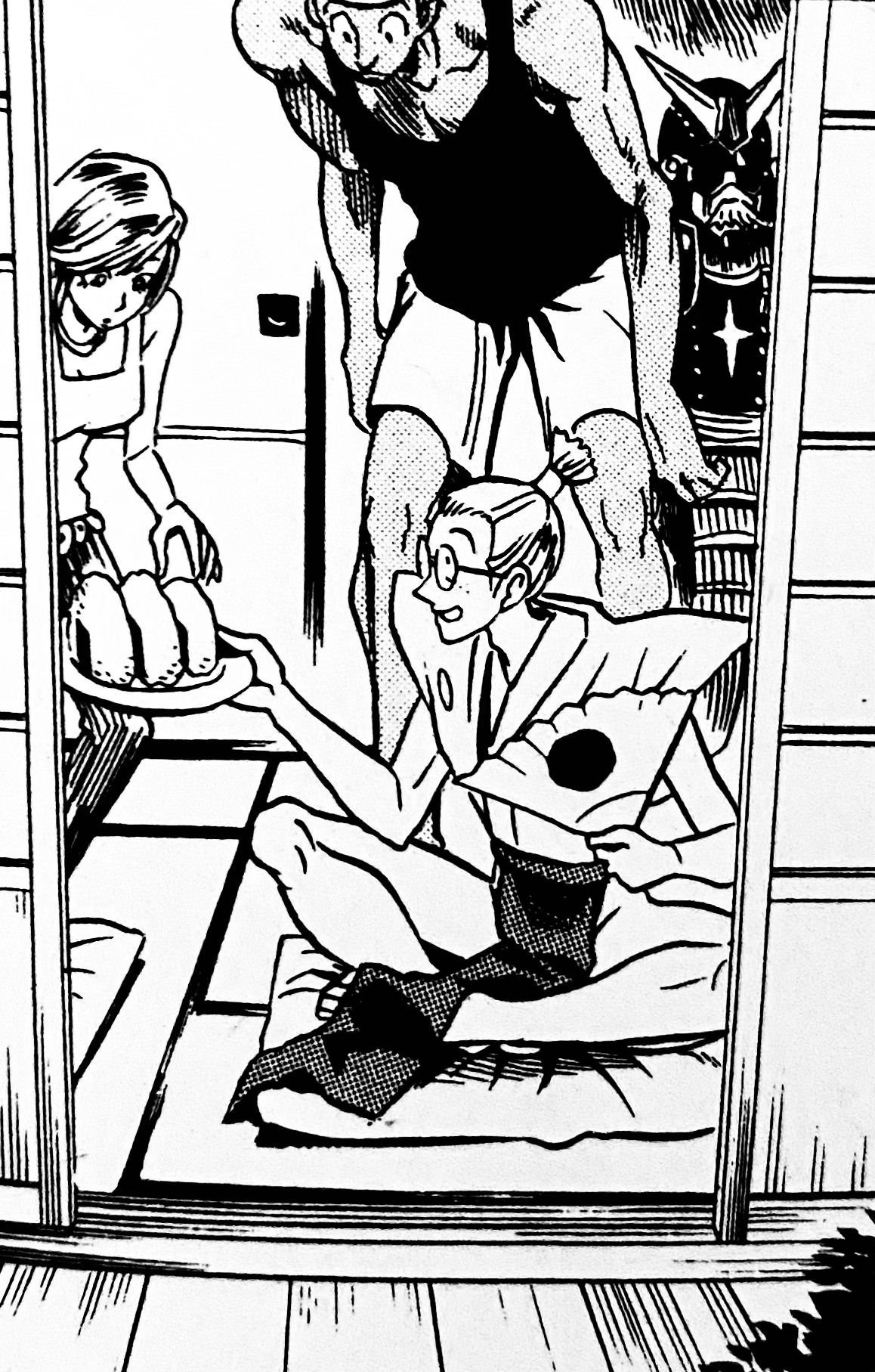 Japanophilia
Japanophilia 

Japanophilia is an interest in and enthusiasm for Japan—its culture, people, history, and language—held by non-Japanese people. In Japan, the phenomenon is called shinnichi (親日、lit. "pro-Japan”) and Japanophiles are called shinnichika (親日家、”pro-Japan person”).
The term was first coined between the 18th and 19th century, as more European authors and artists demonstrated a fascination for Japanese aesthetics and culture. At the time, Japan’s government still strictly limited foreign trade through its feudal era, isolationist sakoku (鎖国, "chained country”) policy, so this was considered remarkable. Japanophilia is one facet of the broader phenomenon of Orientalism in Western culture, or a demonstrated interest in studying Asian cultures and depicting them in art. This can range from personal interest and appreciation to racial fetishization, as orientalist depictions of Asian people and cultures can perpetuate harmful, racist, and colonialist attitudes and stereotypes.
When Japanese entertainment such as anime, manga, and video games exploded in international popularity in the 1980s and 1990s, Japanophilia began to flourish, most notably among youth in the United States. Many young, non-Japanese Americans became curious about and fascinated with Japan, but some of them developed a very skewed, fantastical perception of Japanese culture from the media they consumed. It didn't take long for them to became notorious for exhibiting behavior that was inappropriate, obnoxious and even outright racist.
As a result, such Japanophiles gained a negative reputation in American culture, especially online, where they were derisively called "Wapanese” (a portmanteau of "white” or "wannabe” + "Japanese”). Frequent mockery of them on the notorious imageboard 4chan—itself a product of Japanophilia, as it was modeled off Futaba Channel (ふたばちゃんねる)—led one site administrator to filter "Wapanese" as "weeaboo," which came from a Perry Bible Fellowship webcomic strip of the same name. Users quickly adopted the insult, and the larger online Anglosphere followed suit not long afterwards.
Since then, English speakers have used the term weeaboo—or "weeb" for short—to describe (typically white) Japanophiles who harbor inaccurate, orientalist, and over-idealized beliefs about Japan. It's also not uncommon for fans of anime and manga to refer to themselves as such in a joking or self-deprecating fashion.
 Relevance to Eyeshield 21
Relevance to Eyeshield 21 

Jeremy Watt, "Japan scholar" and wide-receiver for the American NASA Aliens team, is an avid Japanophile.
Much like the weeaboo stereotype outlined above, he has an absurdly erroneous view of Japanese culture. He was responsible for translating the Gonzalez Brothers’ embarrassing daiben (大便, ”poop”) and shouben (小便, "piss”) kanji tattoos, thought that shabu-shabu was a strange talking plant, and told Panther that a dogeza (土下座), or prostrating bow, involves hanging upside down.
At one point, Devil Bat investigated whether Watt spreads misinformation about Japan on purpose, but concluded that he's being completely sincere in his efforts to "educate" his peers.



